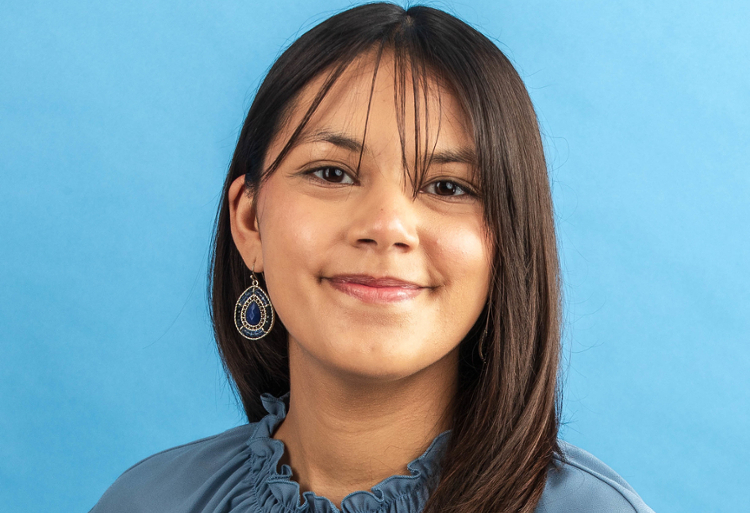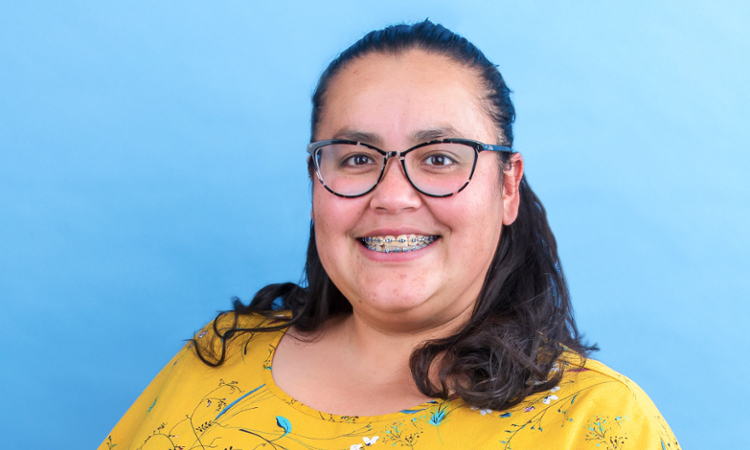Innovation Unleashed: Phase Two of TAMU-CC K9 Oil Detection Project Launches on Mustang Island
CORPUS CHRISTI, Texas — If you plan to spend time on the beaches of Mustang Island this summer, you might catch sight of a very special little dog with an important job to do.
Poppy is a five-year-old Springer Spaniel who is the current lead research dog for the second phase of the K9 tar ball detection project spearheaded by the Center for Coastal Studies (CCS) at Texas A&M University-Corpus Christi. The project is funded by two grants totaling more than $571,000 from the Texas General Land Office (TGLO) over two years. It also includes support from renowned dog trainer and conservationist, Paul Bunker, and coastal protection consultant, Dr. Edward Owens.
Whether naturally occurring or the result of an industrial oil spill, tar balls and patties are a frequent sight on Texas beaches. Appearing as black blobs of oil that melt in the heat, research as to the environmental effects of tar balls is still underway, but deciphering the abundance, location, and initial origin can be particularly challenging — that is, if you’re a human.
Phase one of the project aimed to determine whether dogs could be trained to detect the presence of tar balls on Texas beaches — a possibility that very quickly asserted itself as a reality, according to Dr. Loretta Battaglia, TAMU-CC Professor and CCS Director.
“The dogs passed the proof of concept with flying colors,” said Battaglia, who is principal investigator on the project. “With upwards of 95% accuracy, they detect the oil and then signal its location to their handler, which then lets us quantitatively assess the speed and efficiency of their detections skills.”
Now in the second phase of the study, the testing phase, Battaglia is joined by TAMU-CC postdoctoral researcher, Dr. Heidi Ballew ’15, ’19, who earned a Bachelor of Science in Biology and a Ph.D. in Marine Biology from the Island University.
“I am grateful to be able to advance the mission of TAMU-CC through this project,” Ballew said. “Not only am I able to see my professors and peers in a new light, but I am able to collaborate on work that is truly an innovative way to address oil spill management. What’s more, as a dog lover with three dogs of my own, being able to work alongside such intelligent animals brings many exciting new experiences and outcomes for me.”
Phase two of the project aims to determine just how much more effective dogs are relative to humans in the task of tar ball detection. For the human observer, a tar ball often looks very similar to a charcoal brick, so samples often must be scrutinized visually, texturally, and olfactorily before an identification is made. The characteristics of these “false positives” will be documented to help train future human observers and TGLO representatives.
Bunker, who owns and trains Poppy for detection work and is the owner/operator of Chiron K9, a San Antonio-based dog training facility, noted that not only can Poppy smell oil deposits, but she can detect oil well before it can be seen by human eyes.
“We’ve recorded Poppy finding oil from as far as five meters below the surface of the beach,” Bunker said. “She has even alerted us to oil that was still in the process of being washed ashore, meaning it hadn’t even been deposited on the sand yet.”
During this phase of this study, tar balls and patties will either be removed on the spot by TGLO or will be removed after their geographic coordinates are uploaded to an app currently being developed in collaboration with the university’s National Spill Control School as part of their efforts to gather Shoreline Cleaning Assessment Techniques (SCAT).While the app is only being used by the research team at the moment, future goals include releasing the app to the public.
“We know the people here in the Coastal Bend love our Texas beaches and everyone has their phones with them anyway,” Battaglia said. “By involving citizen scientists, we can begin to get a good idea of just how much material is out there, and in cases where an industrial spill has occurred, we have a better chance of holding the right parties accountable.”
For Bunker, who sketched the initial concept of the project on a napkin with Owens at an oil spill response conference, the combination of human observers from the local community and well-trained dogs is not just a gamechanger in documenting and responding to oil spills, but also a great bonding exercise for the people and their pets.
“Canines can cover distances that would require the entire beach to be excavated, particularly for subsurface oil, which a human would have to dig a pit to find, but which a dog can detect with absolute confidence,” Owens said. “It’s very exciting to see the significant ways this will improve the effectiveness of shoreline and riverbank oil mitigation, while also involving the local community.”


































